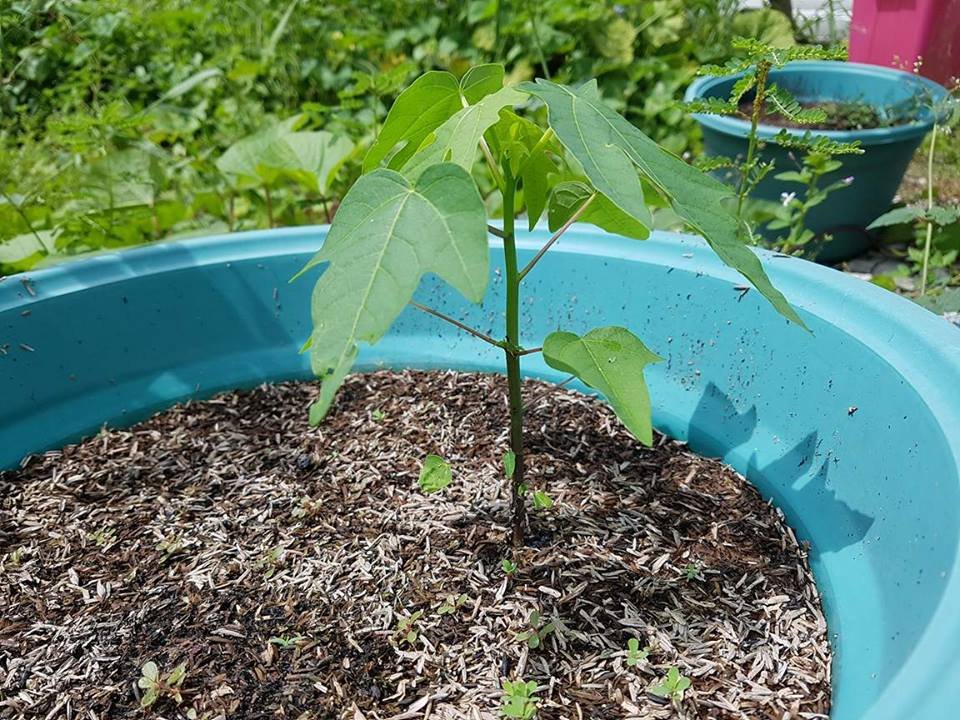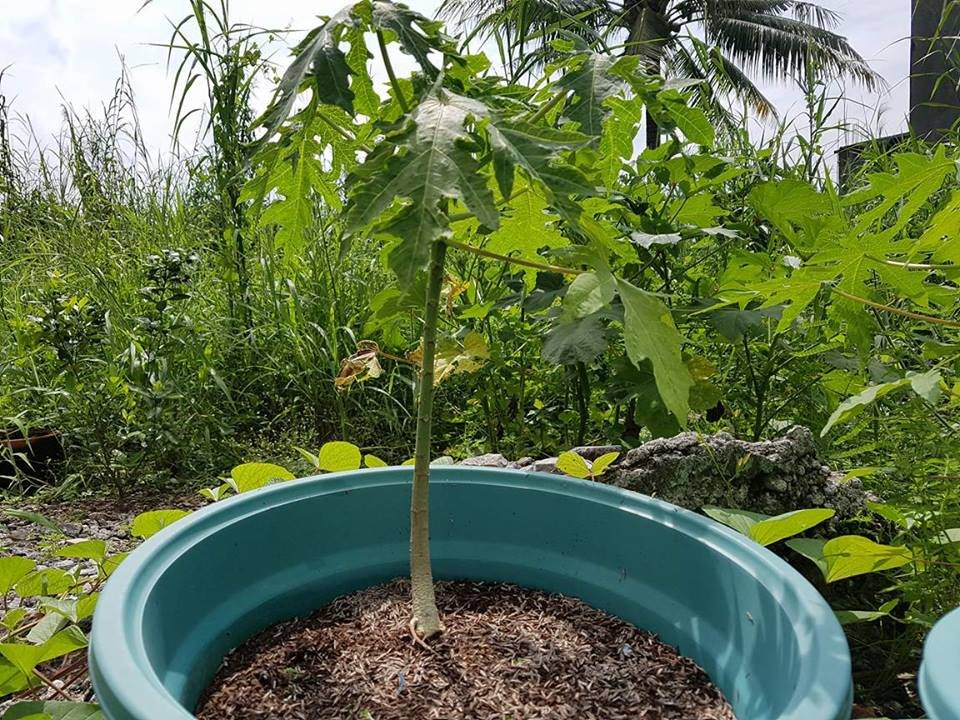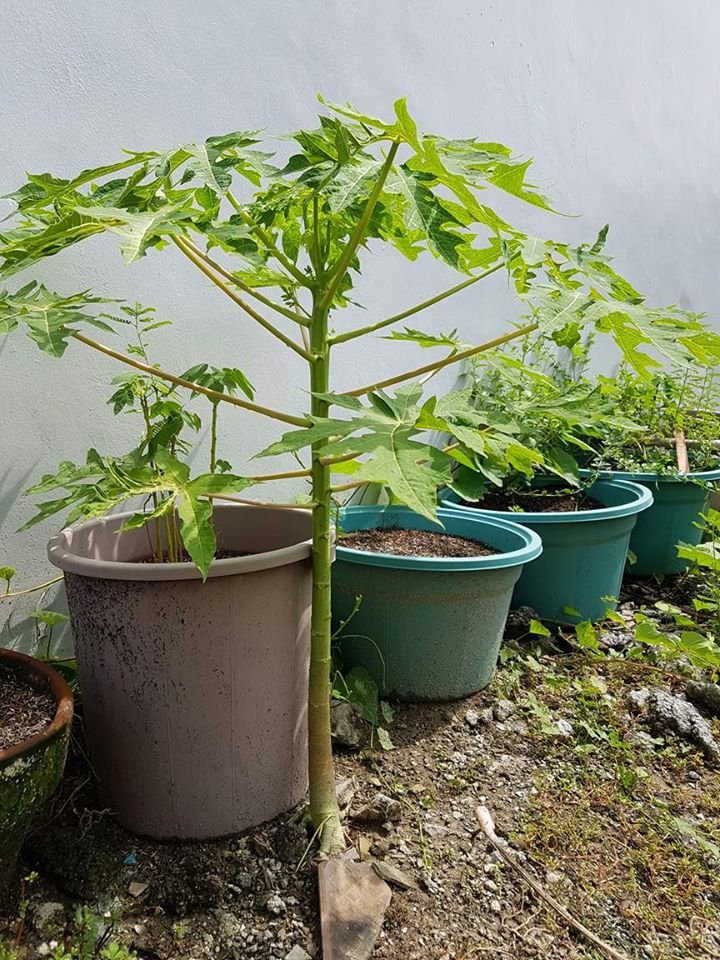This is part of a series on growing vegetable crops from seeds. There's already a couple of posts in this series. Here are the links to those posts:
Growing Eggplant From Seeds w/ Pictures
Growing Okra From Seeds w/ Pictures


Papaya is very easy to grow in the Philippines and can bear fruit for as long as a couple of years. It also does not require much care and fertilization, there is no requirement for pest control and occasional watering may only be required during the ealy growth of papaya and the hottest part of summer.
attention.
What You Need

- Pots (Preferably big ones)
- Papaya Seeds (Available in the groceries)
- Potting Mix (We use one part garden soil, one part rice hulk (burned), one part rice hulk whole, one part vermicast or compost)

First Step - Plant the Seeds
Fill the pot with the potting soil mix
Make one 1 cm deep hole
Place three to four seeds per hole
Cover the holes with potting soil mix
Wait seven to fourteen days for the seeds to germinate
Water the pot once a day
There is a good chance that all seeds will germinate. Thin the seedlings after fourteen days from when the seeds germinate and only leave the healthiest looking seedling.

Second Step - Watch Out for Insects and Weeds While The Seedling is Young

At this age of the papaya, daily watering is required, in extreme cases of insects minimal pesticides spray might be required. In most cases this can be dealt with by simply trapping insects though there is no proven harm of using minimal pesticide at the early growth of papaya.

Third Step - Transplant the Seedling

Unlike the two earlier crops covered in this series that take about four months to bear fruit, papaya takes between ten to fourteen months to bear fruits. This picture here was taken exactly a month from the ones shown before this. At the average, it takes a couple of months from germination until the seedling is ready for transplanting. The picture below shows a papaya after a month from transplanting. At this point it has been three month from planting.


Fourth Step - Budding Papaya

Some thin the leaves specially the ones turning yellow so that the tree will allocate the nutrients to fruiting.
There are others who punch a hole at the base of the tree saying that it helps in fruiting. There is no scientific explanation to this, and this is something we are not doing, and our papayas produce fruit just the same.
It will just be three to five months from this and the papayas will look like the picture below. Bearing lots of fruits for your "tinola", a Filipino chicken based soup.
This is in our backyard, here is proof...
.jpg)
Credits:
Papaya Health Benefits Photo: Source

